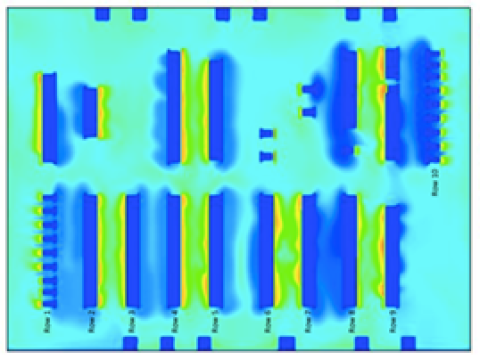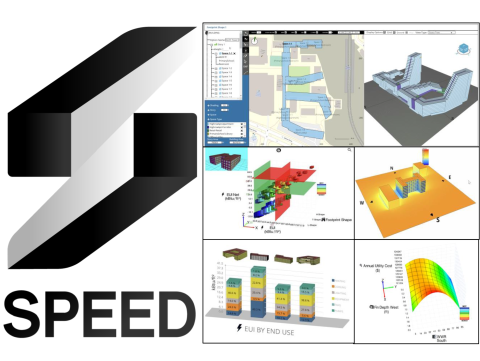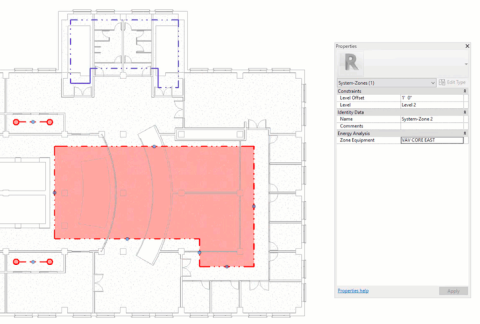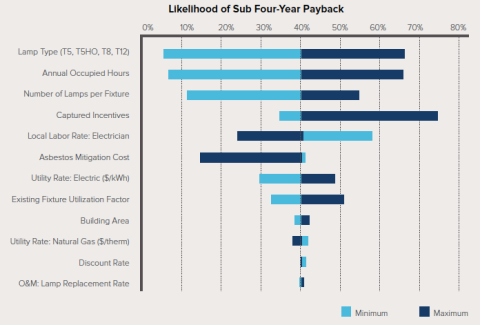RSS










Welcome to the Building Technologies Office's Building Energy Modeling blog.

Long known for daylighting, energy, and comfort analysis plugins for Grasshopper/Rhino3D, Ladybug Tools introduces a new tool-agnostic simulation ecosystem that acts as a collaborative workspace for experts, beginners, and application providers.

Cove.tool is using OpenStudio to integrate detailed energy simulation into its reduced-order modeling design platform, giving architects an end-to-end workflow with capabilities tailored to the needs of different design stages.

For the past five years, DOE and the national labs have been developing a next-generation simulation engine that bridges the worlds of BEM and controls. In May of this year, Spawn, was released as part of the Modelica Buildings Library.

On April 12, 2021 EnergyPlus, DOE's flagship BEM engine celebrated its twentieth birthday. Several of those who were there at the beginning look back at those early days and remark on the changes they've seen in the last two decades.

A team led by the University of Colorado-Boulder has developed a combined cooling and airflow simulation and optimization toolkit that has already enabled significant energy savings in two data centers.

The Energy lab at architecture firm Perkins&Will used OpenStudio to develop a cloud-based energy analysis tool that supports its 2,000 architects.

DOE has published a peer reviewed "RDO" document that identifies barriers to BEM adoptions and potential roles for BTO in overcoming these barriers.

Released in March 2020, EnergyPlus 9.3.0 fast-forwards the Energy Management System feature about 40 years.

New Systems Analysis capabilities use EnergyPlus and the OpenStudio SDK to allow Revit users to simulate detailed HVAC systems.

RMI is developing a web-based platform to perform portfolio-level analysis, prioritize energy projects, and track and deliver results.

